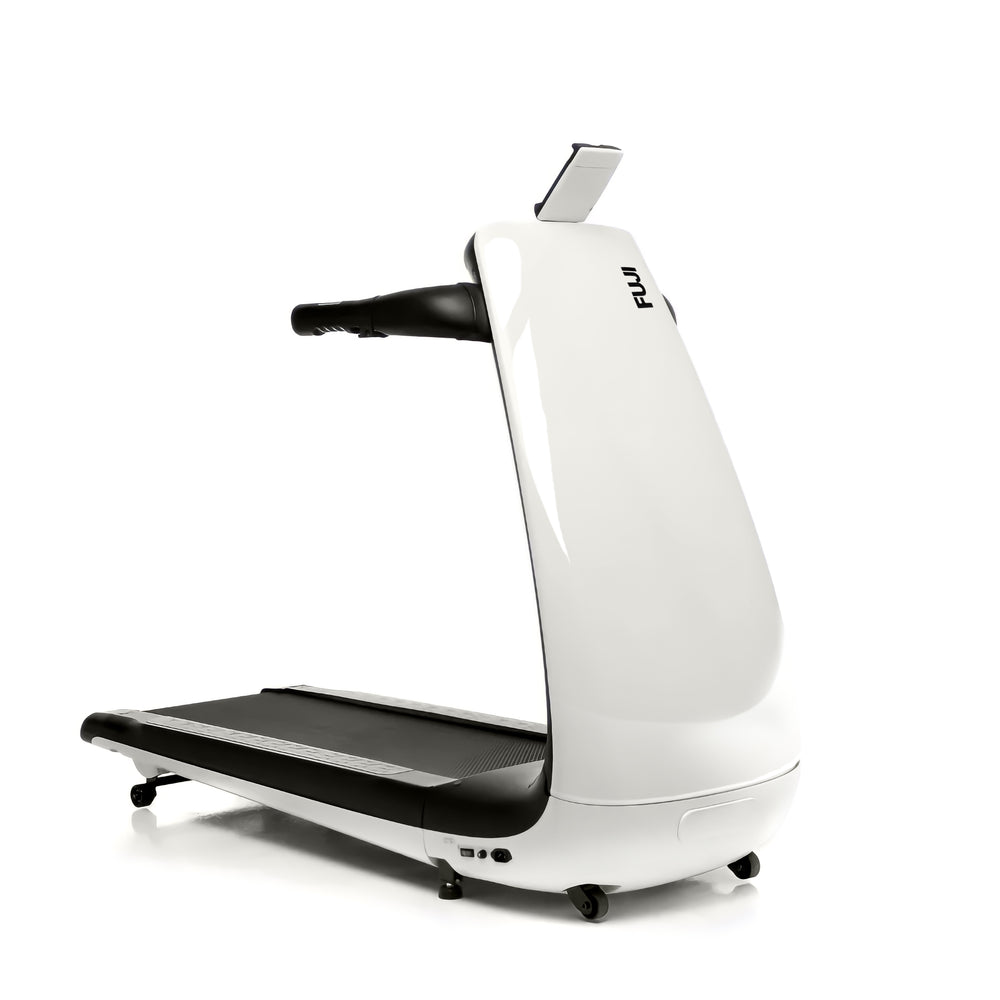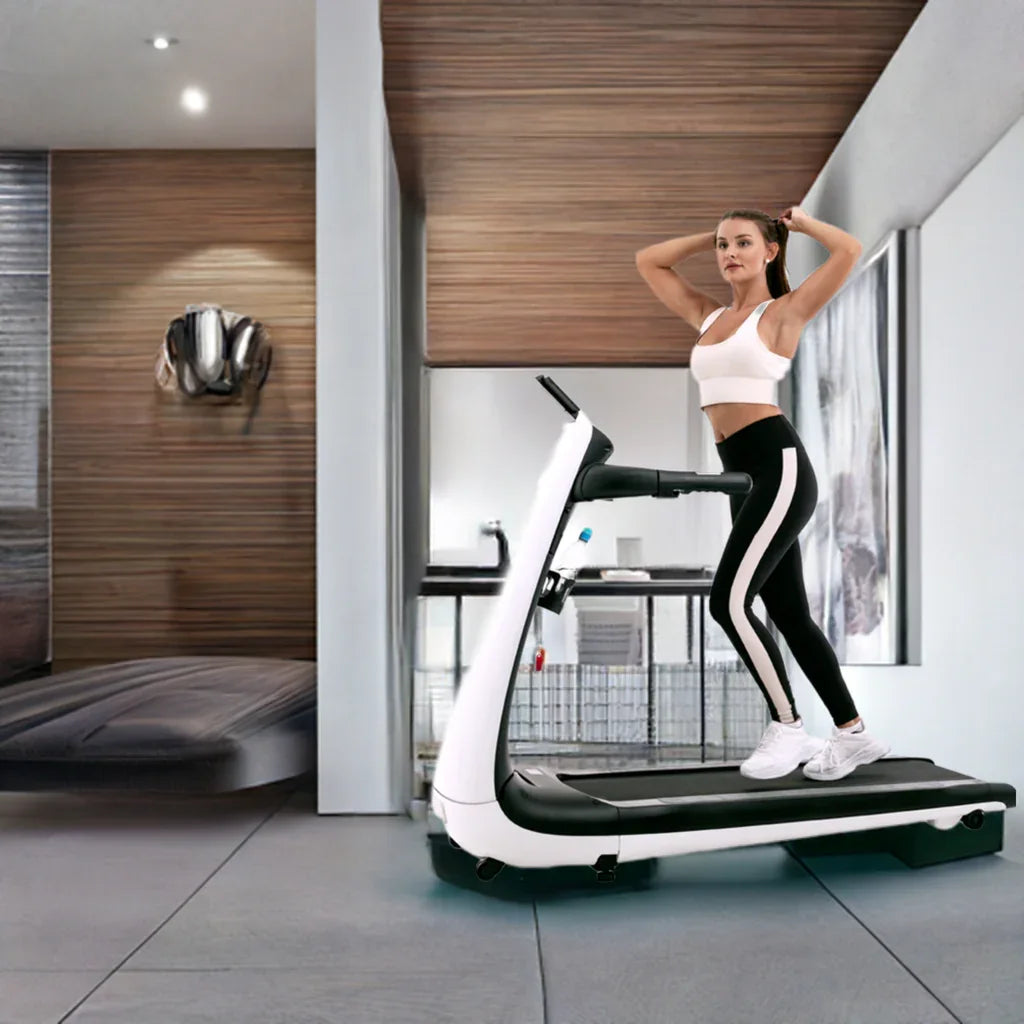Today’s Special | Compact, Calm, and Built for Daily Use
A Traditional Buyer’s Guide to Compact Treadmills for Older Adults (That Also Looks Good at Home)
If you value the way things have always worked—quiet routines, sturdy build, simple controls—this is for you. Today’s guide walks through how to choose a compact, folding treadmill that suits smaller UK homes and everyday walking, with links to real options and practical routines.

The Short Answer (If You’re Deciding This Week)
- Prioritise compact and folding designs so it actually fits and gets used: Folding treadmill UK picks.
- Choose a smooth, cushioned belt that feels comfortable for walking every day—quiet, steady, pleasant underfoot.
- Keep controls simple: clear LED, easy speed steps, optional incline.
- Favour ready-built or near ready-built units to avoid long assembly.
- Match the routine to your day—start with easy walking sessions: starter routines and gentle progressions.
- Shopping specifically for older adults? See our curated list here: Treadmills for the Elderly.
- Small flat or spare room? Go straight to Small Treadmills for compact options.
Why Compact and Folding Wins in UK Homes
Space isn’t an abstract problem; it’s the reason most treadmills end up unused. Compact folding frames let you keep the machine where life happens—spare room, study, landing, even a larger hallway—without turning the house upside down. Fold-flat bodies, one-click lifts, and streamlined rails avoid visual clutter and make it simple to put away. If you’re working with a modest footprint, start with the proven compact category: Small Treadmills.
In the UK, walking is consistently the top form of activity among adults according to national participation data. That matches what we see from customers: a calm, familiar walking routine—kept close at hand—actually gets done. A compact treadmill brings that routine inside, regardless of weather or daylight.
What “Comfortable” Really Means on a Treadmill
1) Belt feel
Four-layer running surfaces with a grippy, anti-slip texture and intelligent cushioning feel noticeably steadier underfoot at walking speeds. You want “quiet and forgiving,” not bouncy or plasticky. The belt should track smoothly without judder when you change pace.
2) Sound profile
Most of the sound you hear comes from footfall, not the motor. A well-damped deck, quality belt, and stable frame keep noise to a soft, even hush—better for homes with neighbours or shared walls.
3) Controls
A clean LED/TFT readout, big numerals, and simple speed stepping. The best designs make switching from a brisk walk to a gentle stroll feel natural. You shouldn’t need a manual each time you use it.
4) Slope & pacing
Light incline and steady speed options help vary effort across the week. For most home routines, think in ranges—easy, brisk, steady—rather than chasing extremes.

A Traditional Checklist: What to Look For Before You Buy
- Footprint & fold height — Measure the spot you’ll use daily and the storage space. Compact frames with lower fold heights suit under-stairs and spare rooms.
- Weight & wheels — Integrated wheels and a balanced frame make it easy to glide the unit out and back without wrestling.
- Belt quality — Look for multi-layer belts with anti-slip texture and consistent tracking (no wander). Comfortable decks are felt, not shouted about.
- Console clarity — One glance should tell you speed, time, and distance. Big numerals. Minimal clutter.
- Speed range for walking — Ensure smooth control across gentle to brisk walking. The low end matters more than the top speed.
- Incline options — Light incline broadens variety during the week without changing the whole routine.
- Assembly — Ready-built (or nearly) saves hours. If you prefer minimal setup, check this first.
- Finish & design — Your treadmill lives in your home; choose a finish that blends with your décor instead of fighting it.
Browse by need: folding treadmill UK, compact treadmill for small spaces, or best treadmill for elderly UK (curated).
What Studies Say About Routines, Adherence, and Simplicity
Research repeatedly points to something most of us know by instinct: people stick with activity that is simple, nearby, and easy to repeat. Studies of older adults highlight convenience, low friction, and straightforward sessions as drivers of staying active over time. In national participation data, walking remains the most common activity category for adults in England—unsurprising, as it’s familiar and fits daily life.
Home-based exercise: consistency improves when it’s convenient
Reviews of home-based exercise in older adults report solid adherence when sessions are straightforward and time-bounded (often under an hour). The more a routine fits the day, the more it gets done. Supervision or light guidance (e.g., video-led sessions) can further support sticking with it, but the nearby setting is the first advantage.
Walking as the default
Large UK datasets show that walking consistently tops the leaderboard for adult activity. That aligns with customers who favour a compact treadmill for steady, familiar movement—especially in smaller homes where a quiet, folding design matters.
For practical starting points, use our step-by-step walking plans here: Best Treadmill Exercises for Older Adults and Best Treadmill Workouts Tailored for Older Adults.
Note: We don’t offer medical or safety advice. The studies referenced below focus on participation and routine-building and are shared for general interest.
A Calm Week: Three Simple Walking Templates
1) The 20-Minute Familiar
5 minutes easy → 10 minutes brisk → 5 minutes easy. Repeat most days. This suits smaller spaces and the “switch on, walk” simplicity compact treadmills are made for.
2) The Gentle Step-Up
Mon/Wed/Fri: 5 easy → 12 brisk → 3 easy. Tue/Thu: 15-18 minutes easy with a touch of incline. Weekends: optional stroll while listening to the radio.
3) The Classic Split
Morning: 10–12 minutes easy; Evening: 10–12 minutes easy-brisk. Two short sessions fit neatly around meals and errands.
Want more structure? See our gentle progressions.

Comparing Two Popular Styles: Compact Walkers vs. Full-Frame Folders
| Feature | Compact Walking Treadmill | Full-Frame Folding Treadmill |
|---|---|---|
| Footprint | Smallest footprint; best for flats and spare rooms | Larger deck; still folds to save space |
| Use case | Daily walking, light incline, simple routines | Walking + occasional jogs; broader speed range |
| Console | Minimal LED; quick speed steps | Richer display, more program options |
| Noise feel | Very quiet at walking speeds | Quiet with more headroom for pace changes |
| Who tends to prefer it | Older adults, small-space homes, routine walkers | Mixed households, walking most days + occasional jogs |
Browse compact sizes here: Small Treadmills or explore your options by mechanism here: Folding Treadmills.
Design That Belongs in Your Home
Minimalist frames and soft colourways blend into classic British interiors—oak floors, painted panelling, quiet neutrals. A treadmill should look like it belongs: neat lines, thoughtful trim, and an elegant folded profile. Fuji Health’s compact designs focus on calm aesthetics, intuitive controls, and an intelligent cushioned belt that feels solid and smooth, step after step.
If you prefer straightforward browsing by need, start with the categories customers actually use most: Treadmills for the Elderly, Small Treadmills, and Folding Treadmills.
Putting It All Together: A Traditional Buyer’s Path
- Pick the spot you’ll actually use daily. Measure width, depth, and the fold-away space.
- Choose your frame type: compact walker (smallest footprint) or full-frame folder (more headroom).
- Check belt quality and console visibility—comfort and clarity trump extras.
- Decide your pace range: easy and brisk walking most days, with light incline for variety.
- Start with simple sessions—then add time or incline as it feels natural: starter exercises, gentle weekly plan.
That’s the whole idea: compact size, comfortable feel, and a routine you look forward to. When the machine fits your home and your day, it gets used. Quietly, consistently, and without fuss.
Useful Pages (Save These)
References (Selected Studies & Data)
We share independent sources on participation and routine-building (no medical or safety claims).
- Sport England, Active Lives Adult Survey (2023/24) summary and report. sportengland.org
- Activity Alliance response to Active Lives (activity types; walking leads). activityalliance.org.uk
- Ríhová M. et al., adherence/retention in home-based video exercise for older adults (systematic review/meta-analysis). PubMed
- Meredith SJ. et al., factors influencing older adults’ participation in physical activity (qualitative review). PMC
FAQ
What’s the best treadmill for older adults in small UK homes?
Is a folding treadmill better than a fixed one for routine walking?
How do I begin if I’ve been inactive for a while?
















